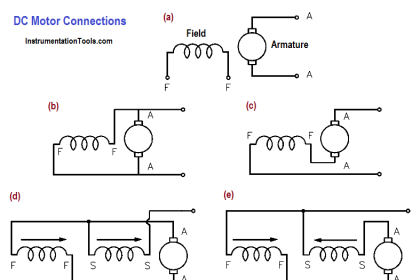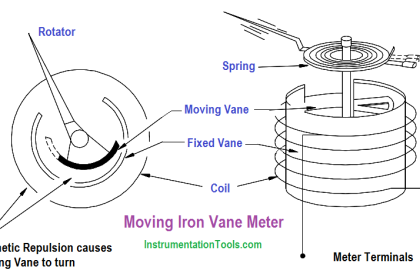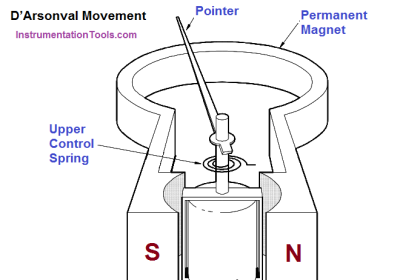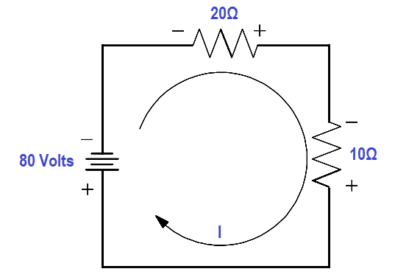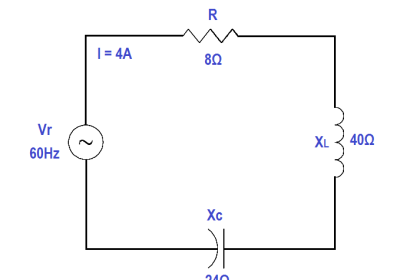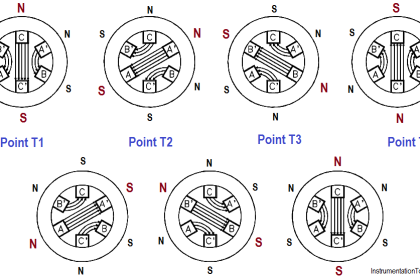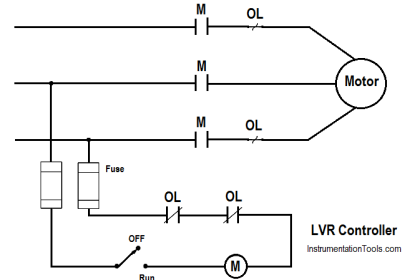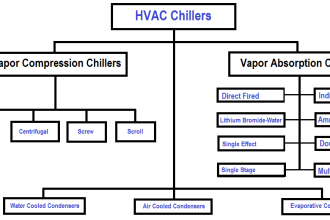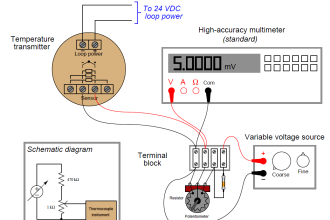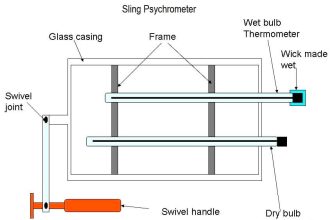To read electrical system diagrams and schematics properly, the condition or state of each component must first be understood. For electrical schematics that detail individual relays and contacts, the components are always shown in the de-energized condition (also called the shelfstate).
To associate the proper relay with the contact(s) that it operates, each relay is assigned a specific number and/or letter combination. The number/letter code for each relay is carried by all associated contacts. Figure 14 (A) shows a simple schematic containing a coil (M1) and its contact. If space permits, the relationship may be emphasized by drawing a dashed line (symbolizing a mechanical connection) between the relay and its contact(s) or a dashed box around them as shown in Figure 14 (B).
Figure 14 (C) illustrates a switch and a second set of contacts that are operated by the switch.
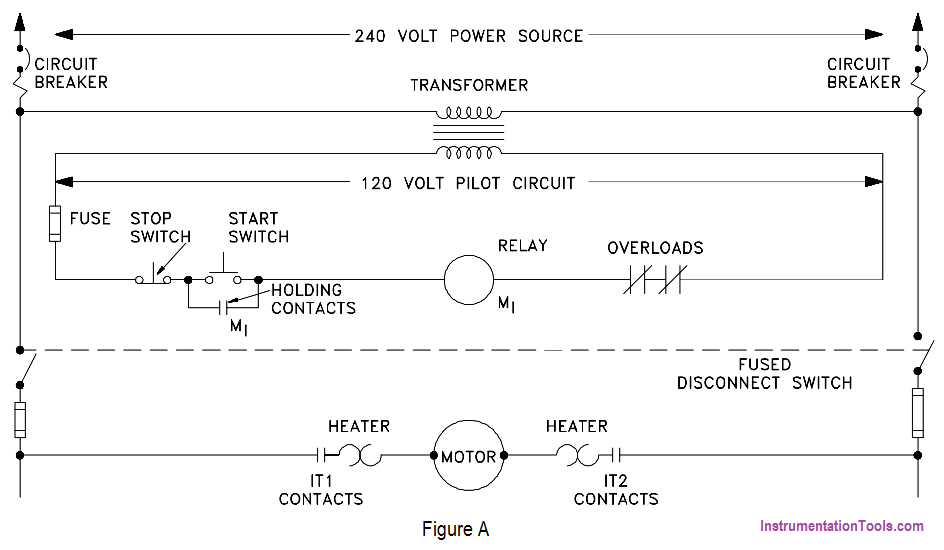
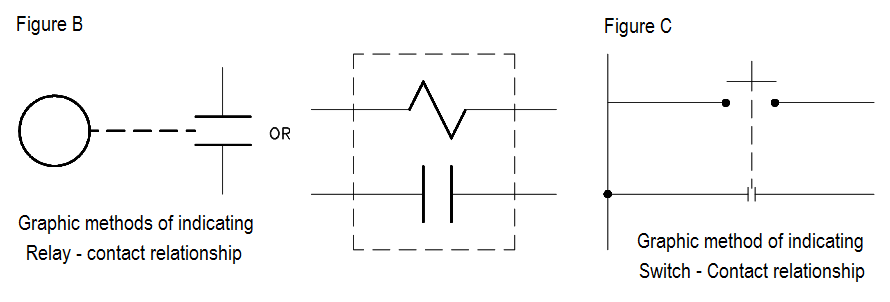
Figure 14 Examples of Relays and Relay Contacts
When a switch is used in a circuit, it may contain several sets of contacts or small switches internal to it. The internal switches are shown individually on a schematic.
In many cases, the position of one internal switch will effect the position of another. Such switches are called ganged switches and are symbolized by connecting them with a dashed line as shown in Figure 15 (A).
In that example, closing Switch 1 also closes Switch 2. The dashed line is also used to indicate a mechanical interlock between two circuit components. Figure 15 (B) shows two breakers with an interlock between them.
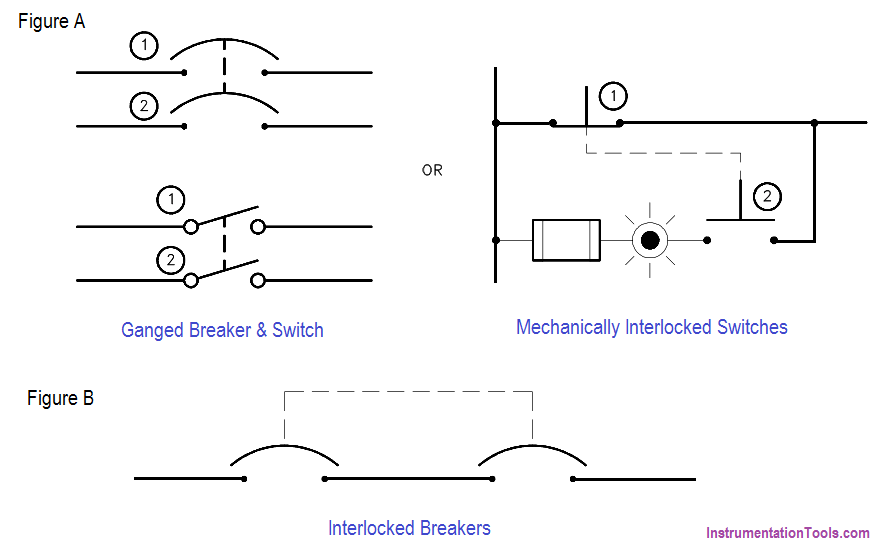
Figure 15 Ganged Switch Symbology
In system single line diagrams, transformers are often represented by the symbol for a single- phase air core transformer; however, that does not necessarily mean that the transformer has an air core or that it is single phase. Single line system diagrams are intended to convey only general functional information, similar to the type of information presented on a P&ID for a piping system.
The reader must investigate further if more detail is required. In diagrams depicting three-phase systems, a small symbol may be placed to the side of the transformer primary and secondary to indicate the type of transformer windings that are used.
Figure 16 (A) shows the most commonly used symbols to indicate how the phases are connected in three-phase windings. Figure 16 (B) illustrates examples of how these symbols appear in a three-phase single line diagram.
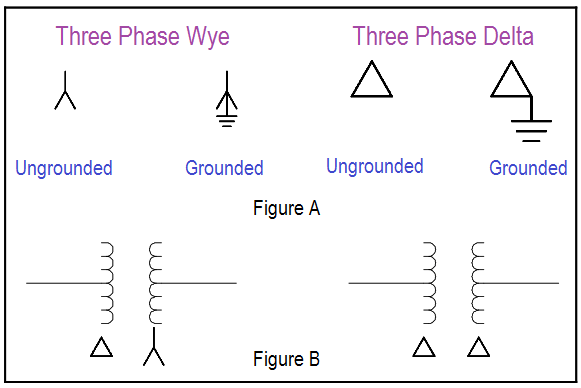
Figure 16 Three-Phase Symbols
